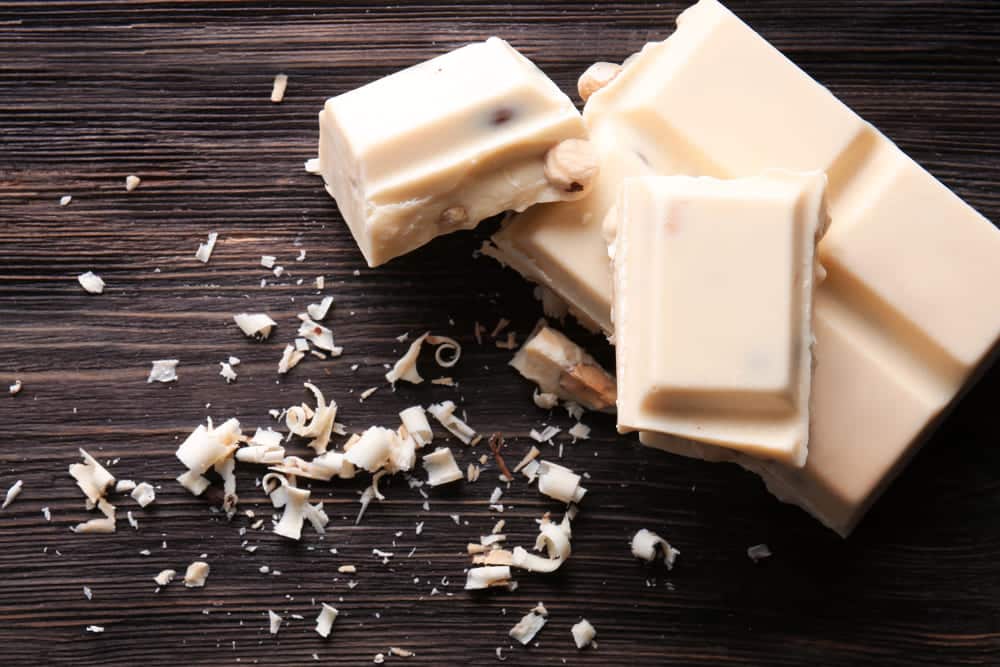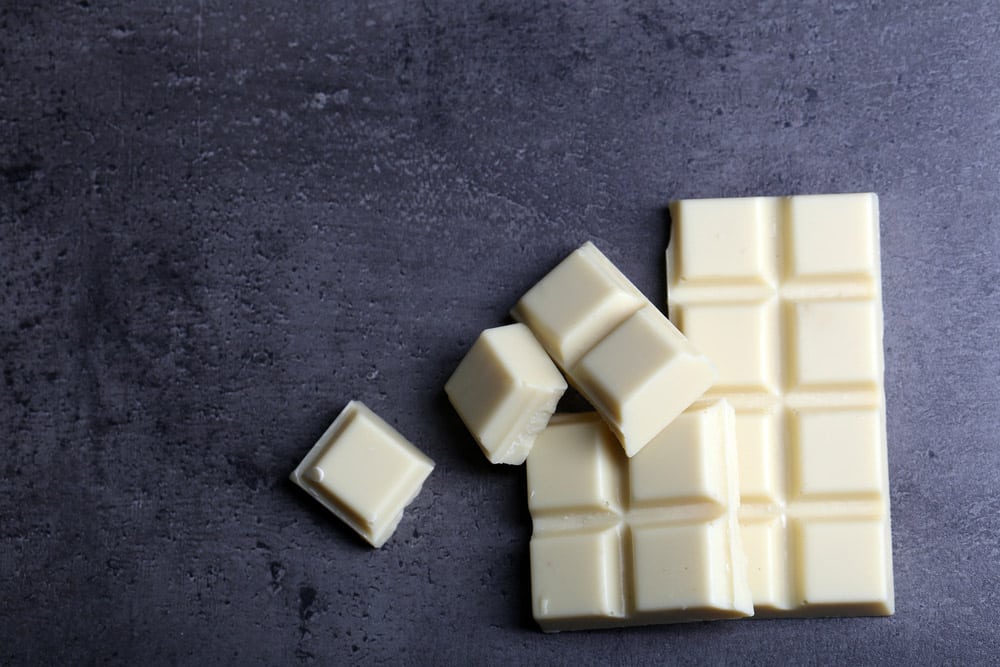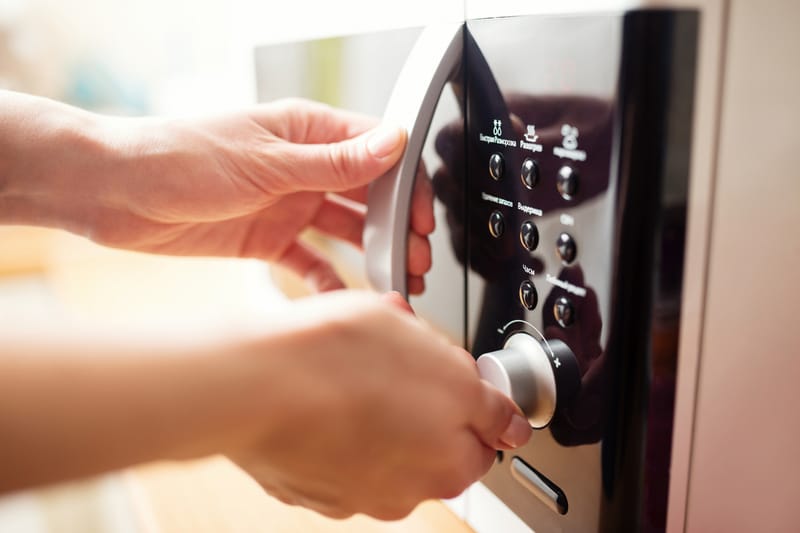
Most of us know that white chocolate isn’t “real” chocolate. That’s because it doesn’t contain any cacao solids to give it a dark brown color and chocolately flavor. That’s why it’s known as a “confection” or “compound chocolate”.
It is made with cacao butter, milk powder, sugar or sweeteners, and flavorings such as vanilla. White chocolate is extremely useful in many desserts and sweets recipes and many call for the confection to be melted.
It can be tricky to melt any type of chocolate successfully as its enemies are moisture or excessive heat. That’s why, to melt white chocolate successfully, you need to do it over gentle heat with no hint of moisture.
If you’re struggling to melt your chocolate even under ideal conditions, check its date stamp. White chocolate has a shelf life of only around six months so if it’s old, you may have difficulty using it. Melting white chocolate successfully is an important skill for home cooks to master.
It is useful for decorating purposes, in mousses and other desserts, and for dipping treats like strawberries and raisins. Read on to find 3 things you can do to melt your white chocolate properly.
White Chocolate Won’t Melt
There may be many reasons for the chocolate not melting properly besides the usual ones we’ve mentioned above. For a start, check if it is in fact, a type of confection that is supposed to be melted.
Some white chocolate varieties contain ingredients to prevent the sweet from melting, such as white chocolate buttons. Your melting method could be to blame. Any form of direct, high heat will cause the chocolate to burn and seize up.
Alternatively, and more unlikely, you are using too low a heat to melt the chocolate. Any form of water will cause the chocolate to seize up and it will not melt.
Remember – water is chocolate’s worst enemy! Before adding the chocolate to the container, ensure it is scrupulously dry and clean. Use a paper towel to wipe the container out to be sure.
Here are 3 things to do when your white chocolate won’t melt properly:
- Use the right chocolate at the right time
Purchase chocolate chips or white baking chocolate that has been specially designed for melting. Look for labels such as “cooking chocolate”, “baking chocolate”, or “easy melt”. Failing that, purchase an ordinary slab of plain white chocolate.
This variety usually melts well if treated right. Be sure to use fresh chocolate – always check the “sell by” and “expiry” dates on the packaging.
- Melt with butter
Another great method for melting white chocolate or even other types of chocolate is to add a small chunk of butter to the mixture. For example, you can simply add a spoonful of butter with a couple of bars of white chocolate and it’ll melt into a tasty, smooth substance.
This method does add an extra flavor element to the melted white chocolate, but that isn’t a problem for most recipes since the combination pairs well. Try this method if your white chocolate has seized up while melting. You may be able to rescue it. Beat the mixture over gentle heat.
- Use a microwave (carefully)
Arguably the easiest and probably the most preferred heating method is to break up the chocolate into small squares and put it into a microwave-friendly bowl.
Be sure to only use the “Defrost” or “Low” function. Never overheat chocolate or it will scorch and refuse to melt. Take the bowl out every minute or so and give it a stir. Repeat until the confection has melted.
To Conclude
There are a few things you can try if your white chocolate won’t melt properly. We’ve provided you with a few different melting methods plus things to watch out for.
The main reasons for white chocolate not melting properly are incorrect temperature, moisture, incorrect chocolate variety, or expired product. Good luck and please don’t give up!

